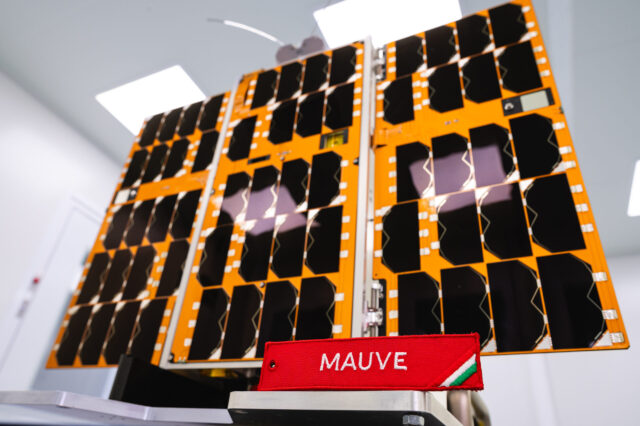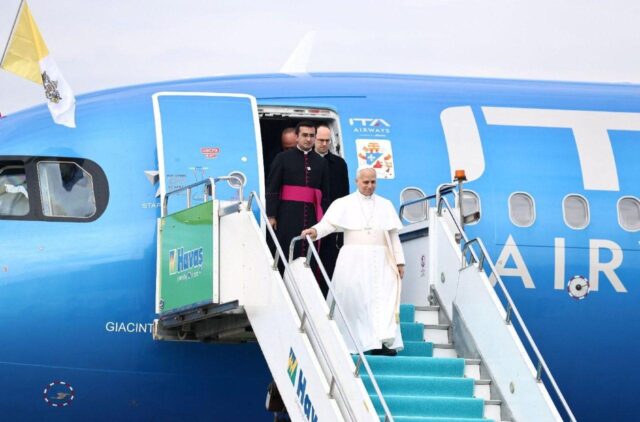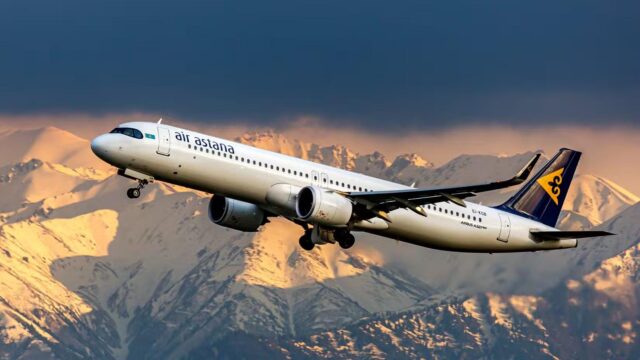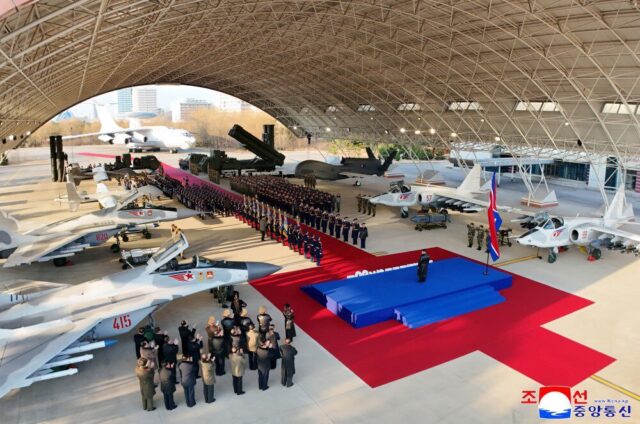India flies Ilyushin Il-76 to Antarctica in first-ever direct air cargo mission

October 6, 2025

In a first for India’s Antarctic programme, a Russian-built Ilyushin-76 (Il-76) aircraft took off from Goa’s Manohar International Airport on 2 October, carrying 18 tonnes of scientific equipment, medicines and supplies bound for India’s Bharati and Maitri research stations.
Organised by the National Centre for Polar and Ocean Research (NCPOR), the mission marks India’s first direct air cargo flight to Antarctica, drastically cutting transit time and signalling a major leap in national polar-logistics capability.
“This direct route strengthens India’s self-reliant polar logistics and underscores our commitment to cutting-edge Antarctic research,” said Dr Thamban Meloth, NCPOR Director, who flagged off the flight.
He told The Indian Express that the move followed repeated disruptions in sea shipments:
“The need was felt due to supply-chain problems and delays in shipment deliveries. Air cargo is expensive and needs careful coordination; that’s why we may not opt for it every year.”
GMR Goa Air Cargo Logistic (GGACL) handles first ever Expedition non-scheduled cargo charter movement for NCPOR (National Centre for Polar and Ocean Research).
— DD News (@DDNewslive) October 3, 2025
This charter flight, an IL-76, is carrying essential expedition materials, including medicines, food supplies, and… pic.twitter.com/TsCkbWrUSW
For over four decades, India has relied on sea routes to supply its Antarctic bases. Cargo ships sailing from Goa or Cape Town take five to six weeks to reach the ice, their schedules dictated by weather, ice conditions and port access.
NCPOR officials said repeated delays, worsened by the pandemic and global freight bottlenecks, prompted India to explore an aerial option.
The new flight was arranged under the Dronning Maud Land Air Network (DROMLAN), a multinational logistics framework linking Cape Town to blue-ice runways across eastern Antarctica. Supported by 11 national programmes, DROMLAN enables participating countries to share intercontinental airlift resources to their respective polar stations.
The Il-76 ‘Gajraj’ advantage for India
Known in Indian Air Force service as Gajraj, the Il-76 is a Soviet-designed heavy-lift transport engineered for the world’s harshest airfields. Its high-mounted wings, low-pressure tyres and multi-wheel landing gear allow it to operate on semi-prepared or ice runways, exactly the conditions found in Antarctica.
The aircraft’s cavernous hold carries up to 40 tonnes of cargo, from prefab lab modules to fuel drums and snow vehicles, and features built-in cranes and ramps so it can load and unload autonomously, a critical advantage where no forklifts or hangars exist.

Originally designed to sustain Soviet Arctic bases, the Il-76 has since proven itself in Himalayan, Arctic and Middle-Eastern operations. Its track record supporting Russian Antarctic missions made it the natural choice for India’s debut airlift to the southern continent.
With long-range, pressurised cargo bays and four D-30KP turbofan engines, the Il-76 can comfortably fly the Cape Town–Troll Airfield route, the main DROMLAN intercontinental leg, in a single hop. In short, Gajraj was built for this mission: powerful, self-reliant, and capable of landing where few aircraft dare.
How India’s Antarctica airlift was executed
The Il-76 departed Goa, transited via Cape Town, and then flew onward to Troll Airfield — a 3 km blue-ice runway operated by Norway.
From Troll, smaller ski-equipped aircraft such as Twin Otters and Basler BT-67s ferry India’s supplies onward to the Bharati and Maitri research stations.
By using DROMLAN’s established infrastructure, India avoids the enormous expense of constructing its own Antarctic runway while gaining direct access to its research sites within days instead of weeks.
How other nations fly to the frozen continent
Antarctica’s air network is a patchwork of national and private operations:
- The United States uses ski-equipped LC-130 Hercules aircraft to serve McMurdo Station and the South Pole.
- Twin Otters and Basler BT-67s handle regional flights across snowfields and glaciers.
- Commercial providers such as Antarctic Logistics & Expeditions (ALE) operate Boeing 757s and Airbus A319s from Punta Arenas and Cape Town to Union Glacier.
Among these, the Il-76 remains the heavyweight, one of the few wheeled aircraft proven to operate regularly on Antarctic blue-ice runways.
Flying to Antarctica is among aviation’s most demanding missions. Ice runways offer little braking friction; blizzards can erase visibility within minutes; and navigation systems falter near the magnetic pole.

“It is highly trained pilots, almost at the level of test pilots, who are designated to operate these flights,” Dr Meloth told The Indian Express. “The weather in Antarctica is unpredictable. Flights are operated in a narrow window when temperatures and visibility are just right.”
Operations occur between October and March, when constant daylight and relatively stable conditions allow intercontinental flights, though aircraft often wait in Cape Town for days until meteorological windows open.
India’s Il-76 airlift marks a new era in Antarctic logistics
While air cargo will not replace sea transport — still essential for bulk shipments — the Goa-to-Antarctica airlift marks a decisive turning point. It gives India a fast, flexible option for critical deliveries and emergencies, ensuring scientific operations are less vulnerable to maritime delays.

“This is not meant to replace sea logistics but to complement them when speed is essential,” Dr Meloth said. “For the scientists waiting at Bharati and Maitri, it makes a world of difference.”
By sending its mighty Il-76 Gajraj to the coldest continent, India joins a select group of nations capable of airlifting heavy cargo directly to Antarctica, a feat that cements its role among the world’s advanced polar operators.
















